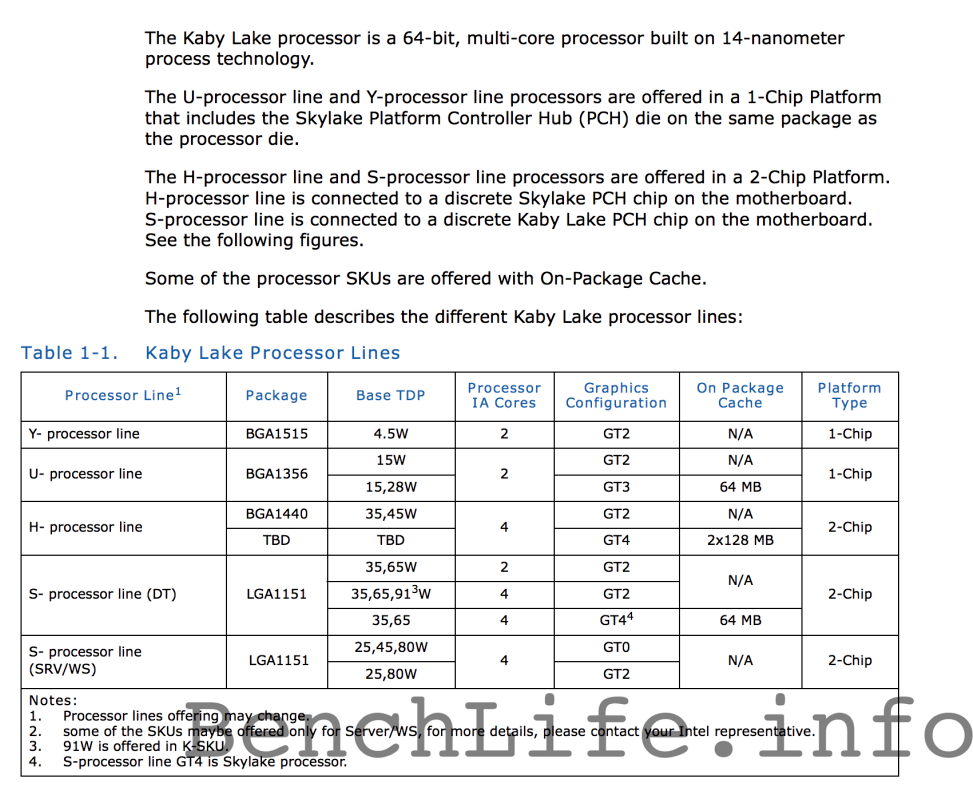And what are those process improvements?
Seeking answers? Join the AnandTech community: where nearly half-a-million members share solutions and discuss the latest tech.

www.anandtech.com
Again, this has all be basic knowledge for anyone who's been paying any attention.
I said Atom won’t be run at 4ghz. I didn’t even bother naming a 10nm process version, because it would be superfluous and unnecessary.
Ah, so it's just pure ignorance. Both ARM cores and Atom have been increasing in clock speed with the generations. Tremont achieves 3.3GHz, significantly higher than any Atom core before it, despite being on a node that we know is ~20% slower vs the latest. So, unless you claim Gracemont is, for some reason, going to reverse the historical trend, then it should be able to hit around 4GHz.
Oh do tell, what did I say instead of those things?

Can't backport with decent clock speeds (or backport at all), can't have lower TDP SKUs, etc. Every time you tried to make a specific claim, you were wrong.
Meanwhile, do go ahead and post my claims. I've certainly not deleted anything, so feel free to browse.





